What Is Christmas and When Did It Begin?

Christmas is an annual celebration of Christ’s birth that takes place on December 25 in the Western Church. As early as A.D. 273, the customary date of December 25 was observed. On that day, two pagan festivals celebrating the sun were also observed, therefore it’s conceivable that December 25 was selected to fight paganism. Some individuals still feel uneasy about Christmas because they believe it has been polluted by the pagan celebrations that took place on that day. However, for a long time, Christians have held that the gospel not only transcends society, but also transforms it. One theologian responded to this critique in A.D. 320 by saying, “We regard this day sacred, not like the pagans because the sun was born, but because he who made it.”
The Christmas Dates
Why do we celebrate Christmas on December 25?
There are two distinct explanations for why we celebrate Christmas on December 25th.
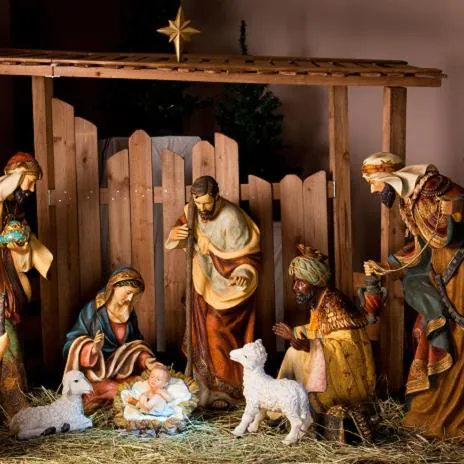
First, people of the period and members of many religions observed some kind of festival at that time. The sheer number of celebration days with trees, decorations, yule logs, mistletoe, and feasts—from Jewish Chanukah to Pagan Winter Solstice to Germanic Yule to Roman Dies Natalis Solis Invicti (Birth of the Unconquered Sun)—seem to point to a season of celebration to which Christians added the birth of Jesus as a counter-cultural event and perhaps even an escape from the pagan holidays for early believers.
The Saturnalia Festival, which celebrated light triumphing after the longest night, gift-giving, and liberation, took place on December 25. The Christian recognises the truth reflected in this paganism, which is revealed in Luke 1:78–79, where Christ, the Light of the world, triumphs over the darkness of sin.
The rising sun will descend to us from heaven and shine on those who dwell in the shadow of death “…because of the loving compassion of our God.” and in the darkness, and to lead our steps into the way of peace.”
The second explanation is based on the March 25 date that is “recognised” by the Western Church as the Immaculate Conception of Jesus in Mary’s womb. Jesus’ birthday is commemorated on December 25 since it is nine months later. Whatever the reasons for the date might have been, the Eastern Church continued to use January 6 until the Western church calendar was formed under the reign of Constantine.
The Background of Christmas Eve
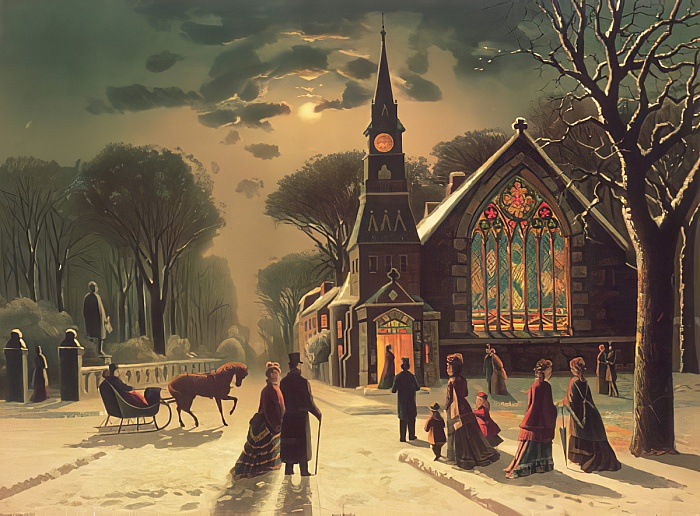
For many years, beginning on this day, December 24, Christmas Eve, people all around the world celebrated Christmas as a season rather than a single day. Perhaps the custom of partying the night before the major event is a holdover from the time of Jewish reckoning in antiquity. A Jewish day used to start at six in the evening and end at six the next evening. Moses had already penned, “An evening and a dawn were the first day.”
Christmas is pronounced “Christ-mas.” Although the exact date is uncertain, the custom of celebrating it dates at least to the fourth century. In Europe, pagan solstice rituals were supplanted by Christian customs thanks to the church. The more innocent pagan customs, like bringing in a Yule log and adorning with holly, were frequently incorporated into Christmas celebrations and given new significance.
The Christian Meaning of Old Traditions
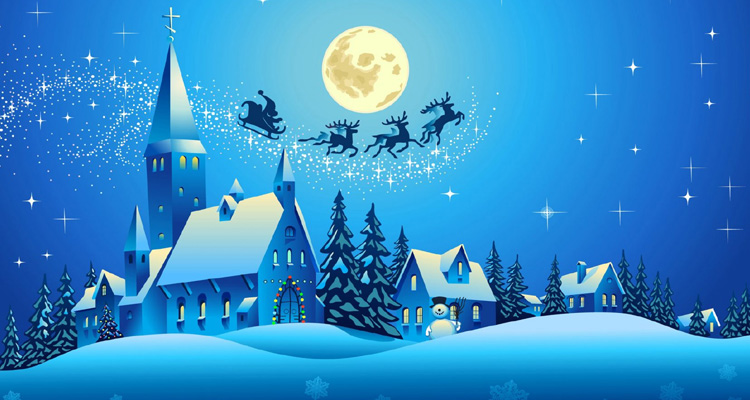
The perpetual life emblem was the evergreen tree. By giving his family a tree that was illuminated with candles on Christmas Eve, Martin Luther introduced them to the Reformation Church as a symbol of our limitless life in Christ (Isaiah 60:13).
Candles serve as a visual representation of Christ as the world’s Light (John 8).
Holly mentions the thorns in Jesus’ crown (Matthew 27:29).
Christmas is a time when Red is associated with the blood and death of Christ.
Gifts serve as a remembrance of the presents the Magi gave the infant Jesus. The words “majesty in life,” “bitterest agony in death,” and “He as God’s perfect gift to us” each refer to a different aspect of His incarnation (Matthew 2).
Additional Holiday Traditions
The Yule Log was a tradition whereby all the family males would carry a log inside the home that would burn for 12 days. They were uniting themselves to Christ and the Cross. A piece of last year’s [this alludes to Christ’s everlasting existence before His birth] wood was used to ignite the fire. It conveys a sense of cosiness, harmony, delight, and the safety of an unending existence.
The Mistletoe was a traditional Roman sign. Old animosities and shattered friendships were repaired under the mistletoe. Therefore, Christ was the One who reconciled us to God by removing our hostility (Romans 5:1; Romans 8:1).
Bells are often used to announce breaking news. The best news of all is that Jesus is the good news.
Modern Traditions
A poem for kids by Clement Moore from 1822 has never been forgotten. “Twas the Night Before Christmas…” was the title.
Sinter Claus, or Saint Nicholas, is the English translation of the Dutch term Santa Claus.
Sinter Claus, or Saint Nicholas, is the English translation of the Dutch term Santa Claus. According to legend, Saint Nicholas served as the first bishop of a church in Asia Minor (today’s Turkey). He learned about a family being forced to sell their children into slavery and other dire needs in his church, so one night he went and placed money on their door. In a stocking, it was gold.
In 1844, Christmas cards first appeared. William Dobson, an English artist, created several images during this season in England. They were adopted locally and quickly spread to America. Seeing the business possibilities of this burgeoning custom, Cole and Horsley launched the manufacturing of what is now a $1,000,000,000.00 industry that sees 4 billion cards delivered annually in America alone in 1846.
The History of Christmas Trees

The three most well-known theories purporting to explain the origin of the Christmas tree come from Germany, making that country the most likely candidate. The stories cover the eight through sixteenth centuries. Each of the three has a portion of historical truth, and they could even be tangentially related to one another.
- St. Boniface is the subject of the first tale. He served as a missionary to some of the most isolated tribes in Germany throughout the eighth century. He is most famous for what is referred to as the “Felling of Thor’s Oak.” It is reported that when Boniface arrived in a town in northern Hesse (Hessia), he discovered that the locals worshipped Thor, who they thought lived under a large oak tree nearby. Boniface made the decision that he would have to confront Thor if he wanted to gain the support of the populace. He publicly dared Thor to kill him as he prepared to chop down the oak in front of the crowd. Fortunately, a strong wind blew and threw the oak tree to the ground as Boniface started to hack it. According to legend, a fir tree was growing in the oak’s roots when Boniface declared the tree to be a representation of Christ. It goes without saying that the populace immediately embraced Boniface’s message, and the tree gradually came to be connected to the birth of Christ and a celebration of the day the powerful God (who could throw a massive oak to the ground) decided to humbly enter the earth as a newborn.
- Medieval religious plays performed in Germany are a second (and most likely) origin for the Christmas tree. The drama “Paradise” was one of the most well-known of these productions. It began with the creation of man, portrayed the commission of the first sin, and depicted Adam and Eve’s expulsion from Paradise (the Garden of Eden). Because it ended with the assurance that a Savior was on the way, the play became especially popular around Christmastime. The fir tree that was draped with apples and encircled by candles served as the play’s most frequent representation of the Garden of Eden.
- According to a third legend, Martin Luther, a significant figure in the Reformation, is responsible for the invention of the Christmas tree. Some claim that Luther was strolling in the nearby woods on Christmas Eve. The way the snow sparkled on the tree branches in the moonlight captured his attention. He took down the tree, placed it in his house, and adorned it with candles in an effort to recreate the spectacular sight for his family.
Making Jesus the Center of Christmas in 6 Simple Ways
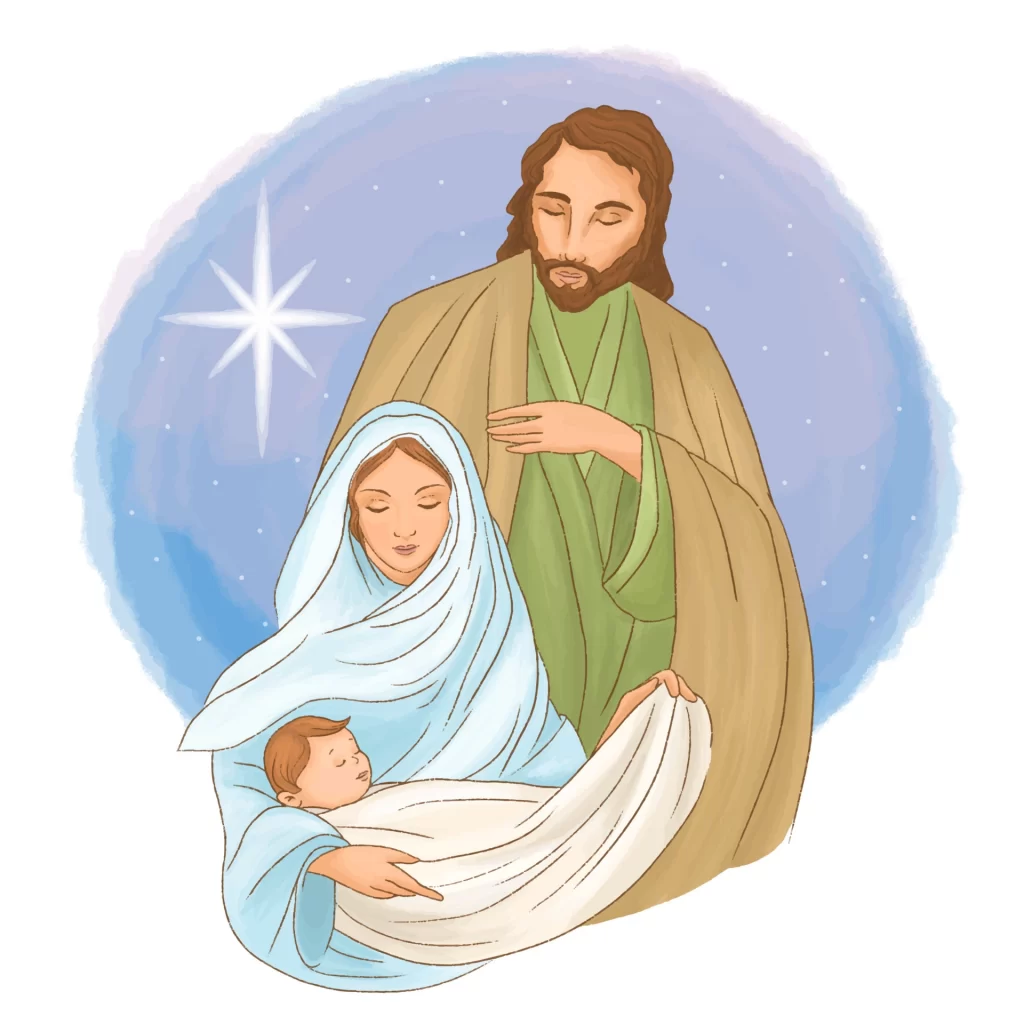
- Give Jesus a gift.
- Give to those who can’t repay you, just like Christ.
- Take a moment to appreciate the nighttime darkness before giving thanks to God for delivering the light.
- Share the Bible with your family.
- Create some customs that honour Christ.
- Don’t let the hustle cause you to miss out on this great time of year.
Three carols that accurately describe the Christmas story
“The First Noel”
The First Christmas The French word for Christmas, “Noel,” was finally derived from the Latin word “nasci,” which means “to be born.” It is defined as “a Christmas carol” in its literal sense (Merriam Webster). The word “Noel” alone connotes Christmas.
This song’s melody may have been played as far back as the 1200s. The lyrics were added by Davies Gilbert in the 1800s, and it was released in 1823. The song relates the tale of the wise men who followed the same star to bring the Savior presents, as told in Luke 2 by to the field shepherds, the birth of the Savior.
When we celebrate Noel, we go back in time to the age when our eternal Savior was born. The phrase used to describe His birthday was later turned into an anthem to commemorate it. Although the angels were the first to sing in jubilation at His birth, we now have the opportunity to partake in that joy by singing together today.
“O Come, O Come, Emmanuel”
“O Come, O Come, Emmanuel,” a traditional Advent carol, captures the anxiety of a people longing for their Savior. It encompasses the Old Testament predictions of Jesus Christ and makes mention of the Rod of Jesse and the Key of David, illuminating the New Testament even more.
The song’s opening line discusses the coming of the Son of God. We are praising the Lord for stanzas of Scripture that took more than 800 years to be fulfilled when we sing this traditional Christmas hymn. Around 740–680 BC, Isaiah prophesied of the birth of the Messiah, saying. “Therefore the Lord himself will give you a sign: The virgin will conceive and have a son, and he shall be called Immanuel” (Isaiah 7:14). Hundreds of years later, Matthew preserved these words. “The virgin will conceive and have a son, and they shall call his name Immanuel,” which is another way of saying “God with us.” (Matthew 1:23)
“Joy to the World”
The words to “Joy to the World” were written by Isaac Watts. But the Scriptures that are cited in each of its stanzas were chosen by God Himself. Genesis 3:17–18, Psalm 98, and Psalm 96:11–12 are all incorporated in the lovely reality of what Christmas is actually about. We have a song to weave around the clasp of these promises ever since 1719. They are limitless and timeless.
“Therefore, let the sky ring with joy! As the sea and all its inhabitants roar, let pleasure be the beat of the earth. Let the fields flourish, a huge celebration for everyone who lives there. Let the forest’s entire canopy soar upward and sing joyfully in front of the Eternal (Psalm 96:11-12).
God’s promises are reiterated in “Joy to the World,” and we should keep repeating them to ourselves year-round. Joy is described as “a source or cause of enjoyment” in the dictionary (Merriam-Webster). It rules in grace and truth. He has arrived, is seated at the Father’s right hand, and has power there. He is righteous.
Bible verses for Christmas
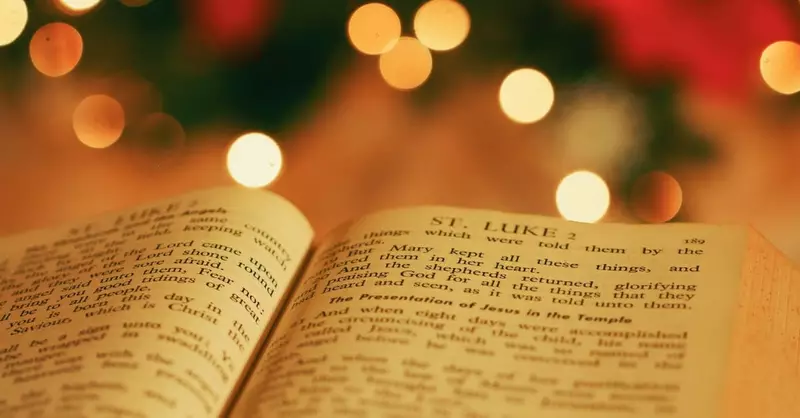
The virgin will become pregnant and give birth to a son, who will be named Immanuel. And the Lord himself will then provide a sign for you. 7:14 in Isaiah
“The Word took on flesh and lived among us. We have witnessed his brightness—the grace- and truth-filled splendour of the Father’s one and only Son—who descended to earth.” John 1:14
The Holy Spirit informed his mother Mary that she was pregnant before they got married. Which is how Jesus, the Messiah, was born. She had been promised to Joseph as a wife. Joseph, her husband, had in mind to secretly divorce her since he was obedient to the law and did not want to subject her to public shame. But after he had given it some thought, a vision of an angel of the Lord told him. “Joseph son of David, do not be frightened to take Maryas your wife since what she conceives is of the Holy Spirit.
She will have a boy, and you are to name him Jesus because he will atone for the sins of his people. All of this happened to fulfil what the Lord had promised through the prophet. “The virgin will conceive and have a son, and they shall call him name Immanuel” (which is another way to say “God with us”). When Joseph awoke, he followed the instructions of the Lord’s angel and brought Mary home as his wife. But he waited until she gave birth to a son before they got married in full. Furthermore, he gave him the name Jesus. 1:18–25 in Matthew
“For to us a son is delivered, and he shall bear the responsibility of government. He will also be known as the Prince of Peace and the Wonderful Counselor. There will be no end to the excellence of his rule and tranquilly. He will create and sustain David’s kingdom with justice and righteousness from that point on and forever under his rule. This shall be accomplished by the fury of the LORD Almighty.” 9:6-7 in Isaiah
“But you, Bethlehem Ephrathah, while you are a little tribe of Judah. Out of you will come for me one who will be king over Israel, whose origins are from there. ” the prophet says, from ancient times,” the prophet said. Micah 5:2
Here are some images for you to share with your family & friends.





